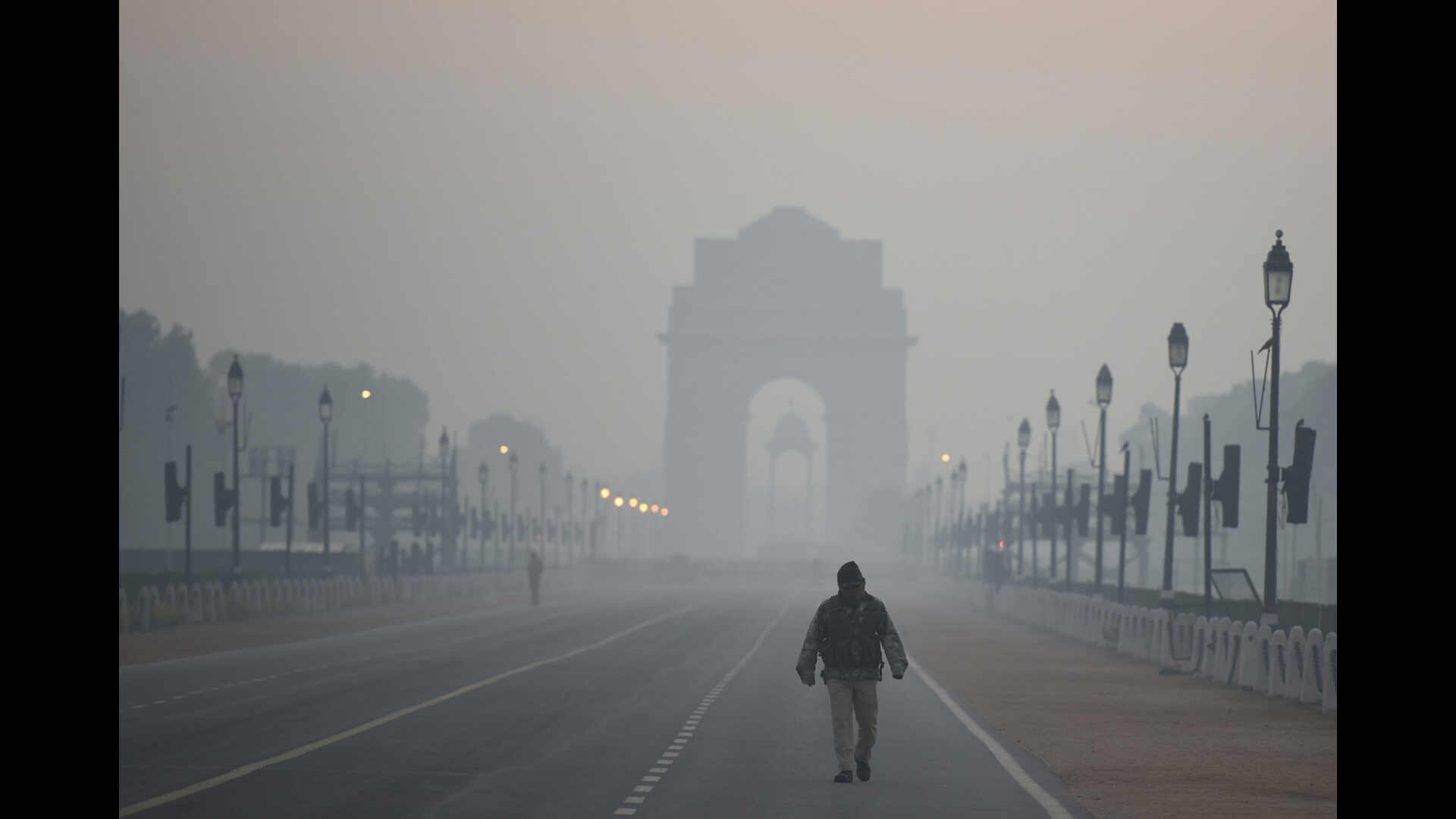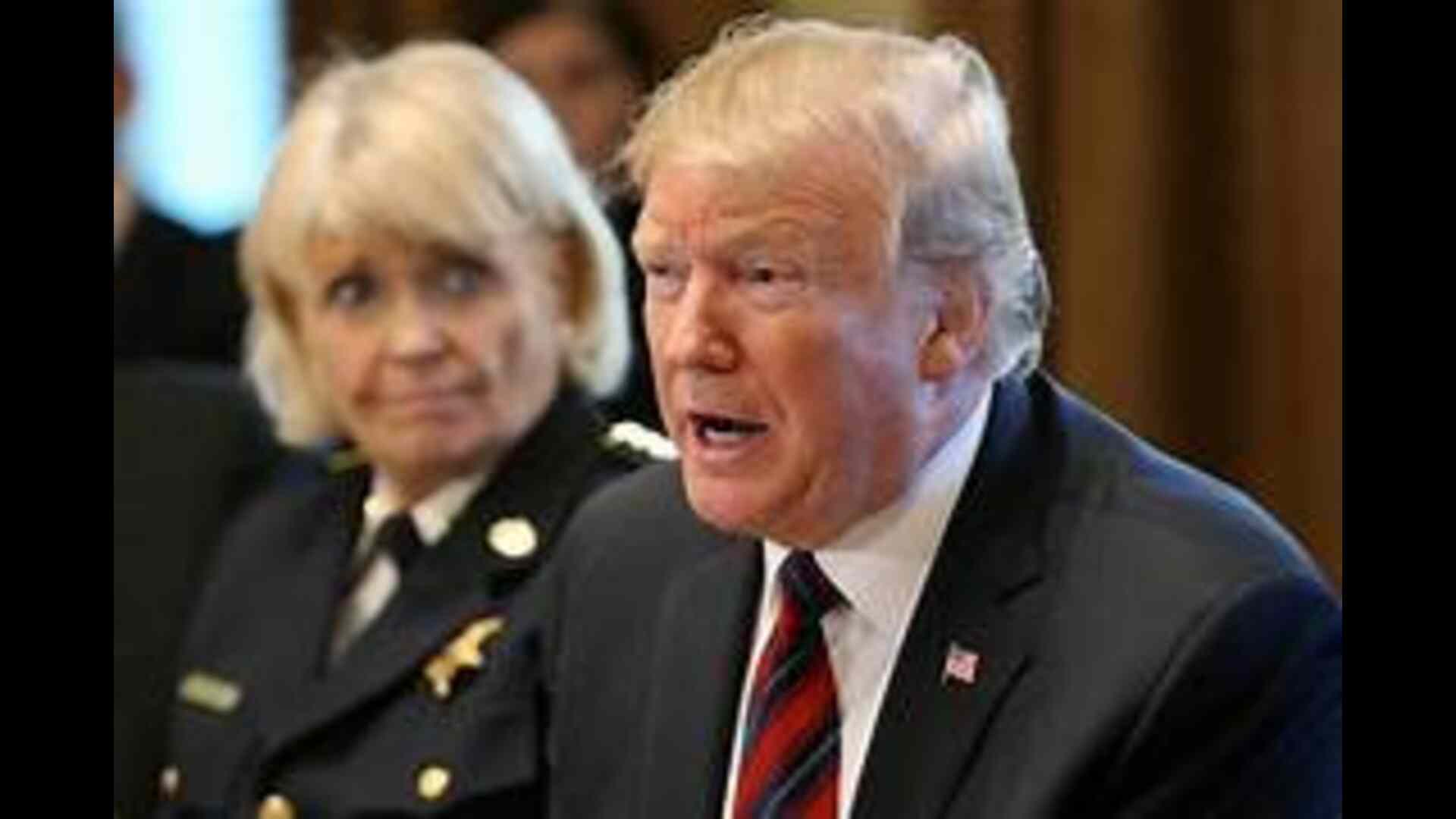
Draft regulation allowing foreign universities to set up campuses in India suffers from some contradictions. It requires foreign institutions to offer the same quality of education as they do at home. At the same time, it prohibits them from offering programmes and courses that could potentially jeopardise the national interest of India.
India has once again become eager to provide an enabling framework and conducive conditions to attract foreign higher education institutions to enter and operate in India. This time the initiative has come through the University Grants Commission (UGC) which has come up with a draft regulation to give effect to the idea.
India has been toying and experimenting with the idea ever since it resorted to economic liberalisation, privatisation and globalisation. It took some time to sink into the psyche of people and the power that be and the first concrete step to put it into action was taken in 2005 with the government attempting, albeit in vain, to enact legislation for the entry, operation and regulation of foreign higher education providers in India.
The initiative was then marred by many misgivings and criticism on account of wide-ranging concerns. Some felt that it was detrimental to the health of higher education, while others interpreted the move as a conspiracy to privatise higher education and promote crass commercialisation.
The fact that WTO saw education as a tradable commodity and sought all countries to liberalise their education sector for cross-border trade in educational services, lent credence to the criticism and heightened the concerns.
A section of the higher education community felt convinced that the move would prove to be a death knell for the domestic higher education institution, particularly the publicly funded universities and colleges. They feared that the foreign universities operating in India would poach them through the lure of higher salaries and better career prospects.
The policy planners and regulators were then overly concerned about ensuring that the foreign education providers offer a comparable quality of higher education and do not resort to malpractices. They then desired to evolve a foolproof framework which would allow the foreign education providers to have all the autonomy but at the same time, it safeguards the interests of students and protects the national interests. Domestic concerns apart, the foreign education providers, particularly the most reputed universities which India wanted to specifically attract, had their own concerns.
They had to be anxious about the consequences of setting up their offshore campuses on their accreditation, ranking and reputation. The best of the best in the world, both public and private being run on a not-for-profit basis have no pecuniary or materialistic motives to go offshore.
They needed more than an enabling framework to enter India. Going by the examples of a few select countries where they set up their offshore campuses, they had to be allured with the offers of land on lease free of cost and even sharing a bulk of the cost of developing physical facilities and infrastructure.
Above all, they needed a guarantee for academic, administrative and financial autonomy and utmost protection against any kind of political and bureaucratic interference in their teaching-learning process.
India, then, was least ready to afford such incentives for fear of domestic backlash. Consequently, the designed legislation was riddled with caveats and conditionalities which made the potential entrants wary and ill at ease. What led the earlier legislative initiative to the back burner were the loud voices against the cultural threat that a segment of people thought the foreign education providers would pose. This time, they are least likely to oppose the move as many of those who were particularly circumspect and were at the forefront of protecting and preserving the purity of Indian culture, traditions, values and ethos, are now a part of the political dispensation in power today.
The nation now appears reconciled to the idea and seems convinced that the entry and operation of foreign education providers would improve higher education quality and serve a larger interest of the nation. The nation has now come to terms with many things that would make people sit up a couple of decades ago. We now have no qualms about a large number of wealthy individuals and dollar millionaires leaving the country with their wealth and tax money. It doesn’t trouble us anymore that a large number of Indians are vying for foreign nationalities and are even seeking asylum and refugee status in many countries of the world.
India of 2023 is quite different from what it used to be about two decades ago. The policy planners and regulators now appear quite comfortable with compromising policies and principles for the sake of pragmatism.
Noticeably, the new education policy (NEP 2020) had pitched for appropriate legislative measures to invite, enable and facilitate only the top 100 higher educational institutions of the world to set up their campuses in India.
The new education policy suggests legislative measures. The regulatory body has, in its own wisdom, decided to go for a regulation. This might fast-track the process of putting in place the needed framework but is fraught with the possibility of defeating the very purpose for which it is needed. It could be disquieting for many that the draft regulation has lowered the benchmark to include the top 500 foreign universities by any world ranking. Even those that appear amongst the top 500 in any discipline category have been made eligible to set up shop in the country. Besides, all foreign educational institutions that are considered ‘reputed’ in their home country would also be permitted.
The draft regulation doesn’t seem disturbed by the subjectivity and discretion that its articulation entails. It pins a lot of hope on the standing committee that will be constituted to process and review applications and make selections. Ideally, this is how it should be.
Going by past experiences the UGC has to be extra careful about the composition of the standing committee and the processes that it follows for screening and identification of institutions so that only the most reputed world class higher educational institutions could enter and operate campuses in India.
In its present form, the draft regulation suffers from some contradictions. It requires foreign educational institutions to offer the same quality of higher education as they do at their campuses at home. At the same time, it prohibits them from offering programmes and courses that could potentially jeopardise the national interest of India or the standards of higher education.
The draft regulation offers no clue as to how could the curricula, content, syllabi and pedagogy be separated from the quality. So are the provisions in the policy that circumscribe the promised academic, administrative and financial autonomy to these institutions. They take them away by insisting that they shall abide by all the conditions that the UGC and the Government of India would prescribe from time to time. India needs to have an enabling framework for the entry and operation of foreign higher educational institutions in India. The decision has been hanging for over two decades now and it is high time that all the stumbling blocks are removed and the idea is translated into a reality.
At the same time, it is important to realise that the world is full of a large number of higher educational institutions that are aggressively seeking to capture the global higher education market and profit from them. Most of these institutions are of poor to very poor quality and our regulatory framework must deter them at all costs.
The essential focus must, therefore, be to attract the best in the world to provide one more choice to our students. It would, however, be naive to expect that the foreign campuses in India would halt Indian students from going abroad for higher education.
Prof Furqan Qamar, former Adviser for Education in the Planning Commission, is a Professor of Management at Jamia Millia Islamia, New Delhi.















